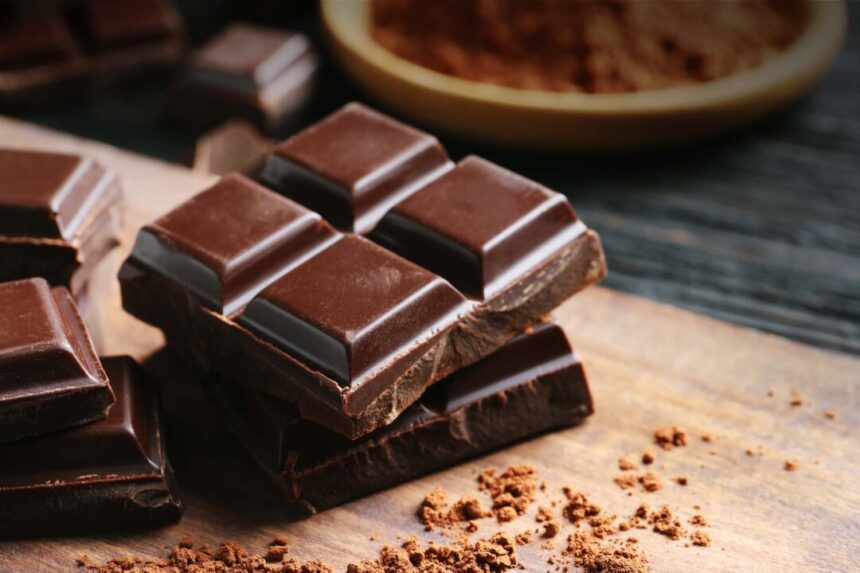Chocolate lovers may soon be facing higher prices at the checkout due to global production issues leading to a cocoa shortage. The main cause of this shortage is disappointing harvests in West Africa, particularly in Ivory Coast and Ghana, which together produce 70 percent of the world’s cocoa.
According to a report by Rabobank, cocoa prices have reached their highest levels in nearly 50 years as cocoa stocks hit a 22-year low. This has forced producers and manufacturers to pass on the increased costs to consumers, resulting in higher chocolate prices on shelves.
Rabobank’s analyst, Paul Joules, predicts that the full impact of the cocoa crisis has yet to be felt, with the steepest price hikes expected in the second half of 2024 and into 2025. Inflation costs for snacks and confectionery have already risen by 4.6 percent year-on-year, according to the Australian Bureau of Statistics.
Manufacturers are grappling with soaring cocoa costs by resorting to tactics like shrinkflation and skimpflation to combat rising expenses. This may lead to consumers switching between chocolate types and brands, potentially causing a significant drop in demand.
Meanwhile, a government-funded report by Choice found minimal price differences between grocery items at major supermarkets, prompting the Australian Competition and Consumer Commission to take legal action against Coles and Woolworths for allegedly misleading customers with false specials.





